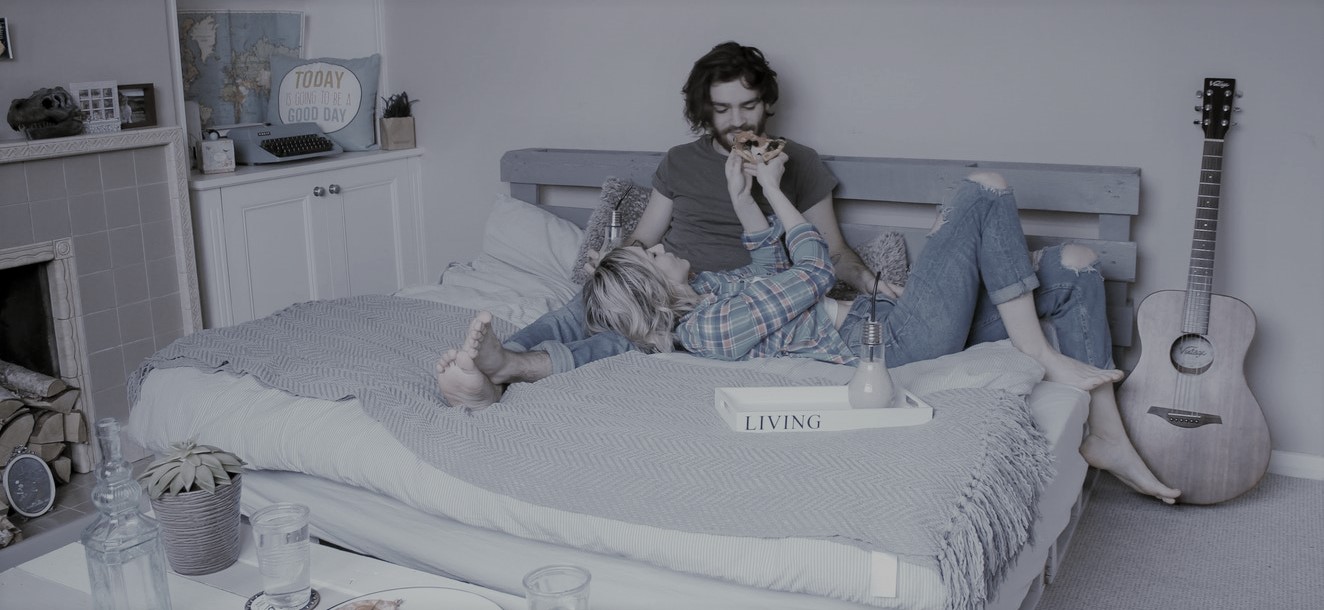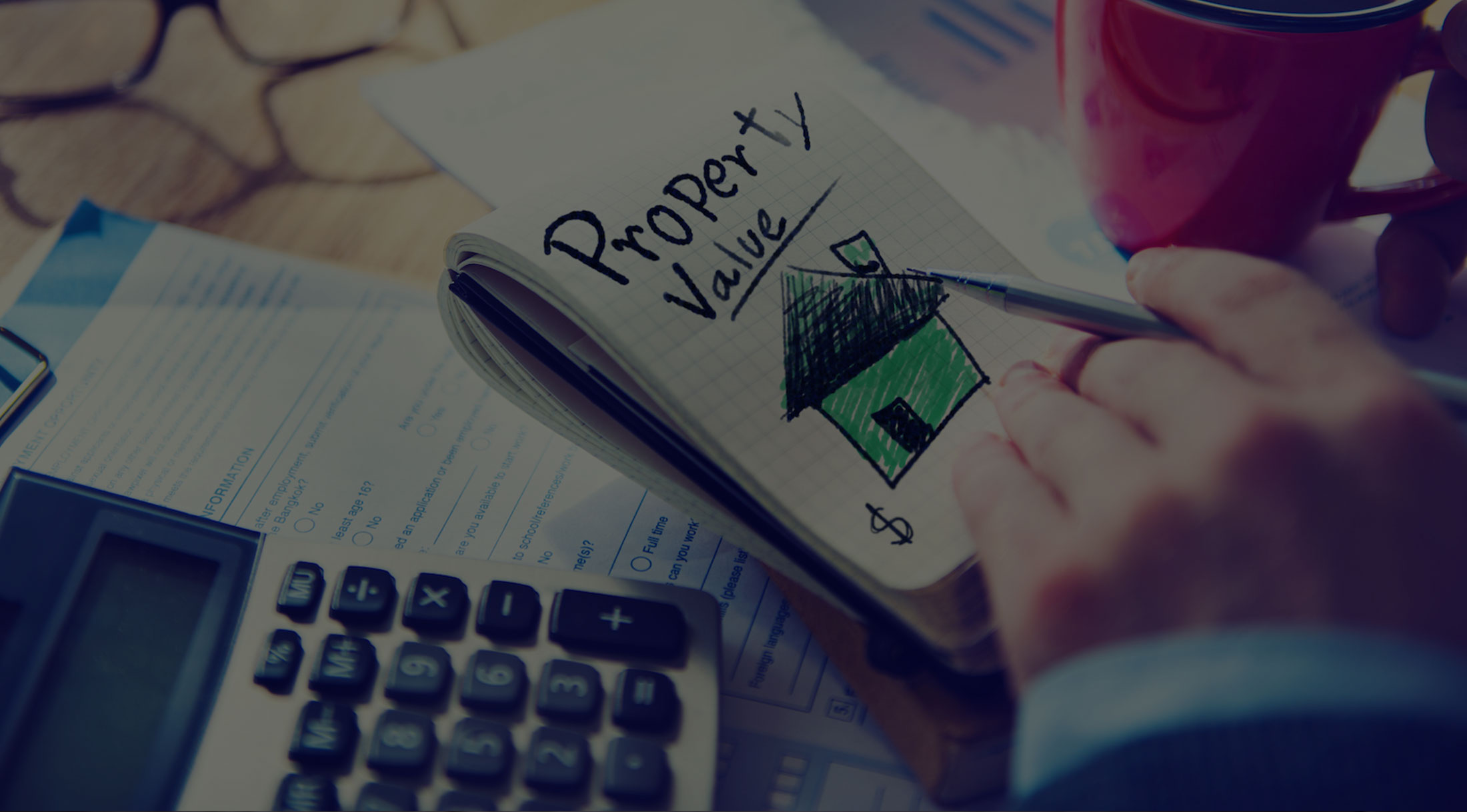It’s all too easy to rack up debt.
Credit cards, HECS, car loans…it all feels way too hard to pay it off, right?
Debt can have an impact on how much money you are able to borrow for a home loan. So, reducing your debt is essential if you are an aspiring first home buyer.
Unfortunately, this isn’t a subject that is touched on at school (as much as we here at Credo wish it was), so to help you out, we have put together seven steps you can use to help minimise your debt and fast-track your way into the property market!
- How much are you spending?
This sounds simple, right? But how many of us really know exactly how much we spend every month? Fortunately, today’s technology gives us multiple apps that can help with keeping on top of our spending and how much we’re saving.
(Check out this website for a list of apps you could start to use).
We believe everyone should have at least one savings account for the sole purpose of saving for a home. We can offer a variety of budget tools for those looking at getting a home loan in the near future. By keeping on top of how much you are spending each month, it will be easier to see exactly how much you can afford to spend on a mortgage when the time comes.
Check out this website for the average cost of living in Melbourne Australia as of March, 2019.
- Where should you start cutting back?
Once you have a clear idea of how much you are spending each month, you will be able to work out how much ‘pleasure spending’ you are doing, versus your ‘essential spending’. This will make it easier to figure out where exactly you can cut back on expenditure.
- Think about that second coffee you have every day (which could be costing you an extra $20 a week), do you really need it? If you calculate it, you could be spending around $1,000 each year just on coffee. So, why not opt for instant coffee? Yes, we know it isn’t the same but when you look at the costs it might be worth the savings instead!
- Have you thought about bringing your lunch in with you, rather than buying it at work?
If you buy a lunch everyday of the week, costing you on average $10 a day, this is a cost of $50 per week.
If you go to your local supermarket and buy the same ingredients for a wrap or sandwich, you could be paying nearly half of that for triple the amount of food. $30 can make you 5-6 chicken wraps, saving you $20 per week. This works out, in half a year to be a saving of $520!
We know it is more effort to make your lunch for the week, but with a bit of commitment, you can get on top of your spending and have more money to repay your debts.
- Make yourself a budget!
Unfortunately, the sad reality is, the only way to get on top of your credit card debt is to stop using it all together!
Make a budget for the money you need to spend each week/fortnight, based on your income and what your ‘essential expenses’ are, and stick to it. Then, calculate how much is left over once you have paid for those essential things, how much you have left for your ‘discretionary spending’ and how much you can put towards repaying debt.
Also, a handy tip is to put some savings aside for a ‘contingency fund’. This is always useful to have on hand for those unexpected expenses such as car repairs, vet bills, things that can bust your budget and leave you reaching for that credit card again.
Our biggest recommendation here is… be realistic! Too often, first home buyers put together their income and expenses but aren’t showing the true amount they spend. Usually we like to put down what we would like to think we are spending, rather than what we really are.
- Prioritise your debt.
Work out how much money you owe in total on credit cards and loans – you may not realise how much this really is.
- Start by breaking it down into a weekly or fortnightly amount (if you owe $5,000 on your credit card and you want to pay it off a year, it will cost you around $100 a week).
- When you know how much debt you’re in, you can think about how long you’ll need to repay it – the sooner the better!
- You will need to pay at least the minimum amount due on all credit cards each month to avoid going backwards, gaining interest or being charged fees and penalties.
- Be sure to keep in mind that the minimum doesn’t put you ahead in paying it off. You will need to put in more than the minimum amount due each month to make owning your own home a possibility.
Consider paying off high interest credit cards and loans first to save on paying for unnecessary interest or aim to pay off your smaller debts first. This will give you the sense that you’re getting ahead, and that paying off debt really is possible!
- Make a realistic repayment plan.
Look at the budget that you put together earlier. Having worked out your debt priorities, you can plan which debts you will pay off, and over how long.
Having a plan will increase your sense of control over your debt; sticking to it will increase your sense of achievement.
- Set small goals and celebrate when you reach them!
We understand the thought of paying off all of your debt may seem daunting, so breaking it down into milestones will help you see the way ahead.
- Set goals such as paying off 10%, then paying off 25%, 50% and so on.
- Celebrate it! Each time you have reached one of your milestones, go and treat yourself. Buy yourself lunch, go for drinks with friends or go to a movie as a small reward for your achievement, just DON’T pick up the credit card to celebrate this.
- The key here is – small. We want you to have these little wins, but don’t go and blow all your hard work. Think of it is like a cheat meal on your diet plan, not a cheat week!
- Stick to your plan – and ride out the setbacks.
Keep going with your repayment plan. Don’t stop or delay it just because you have reached a milestone. If you miss a payment because of an unforeseen expense, stay positive! These things happen. Avoid feeling demoralised or derailed by looking forward to the next debt milestone – you can get there.
By following our seven tips, you will find that everything will start to become a habit.
The little wins will become big wins over time! As you move closer towards achieving your final goal, you’ll become really pleased with yourself…and so you should be! You are incredoble!



